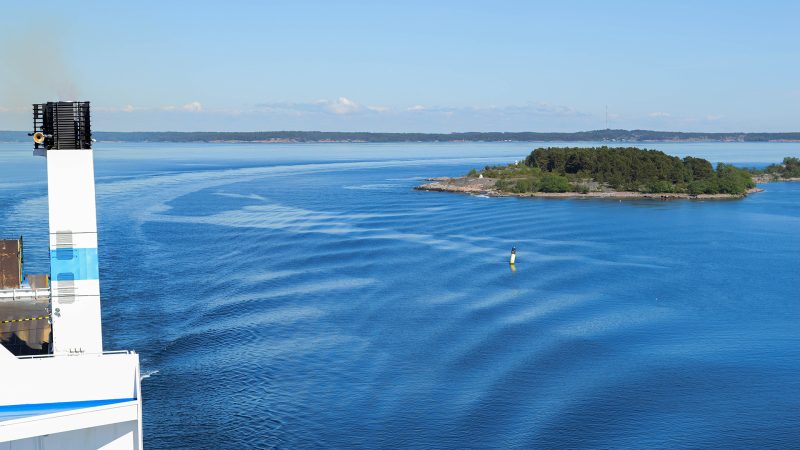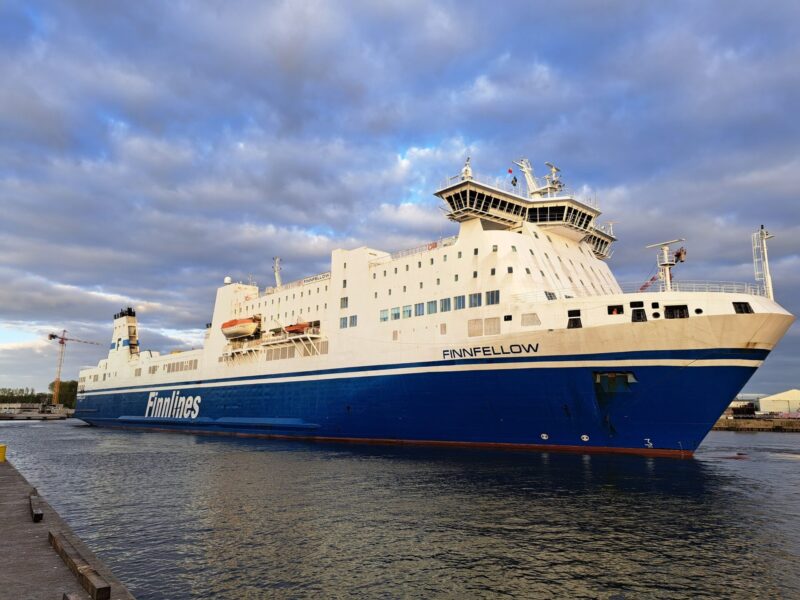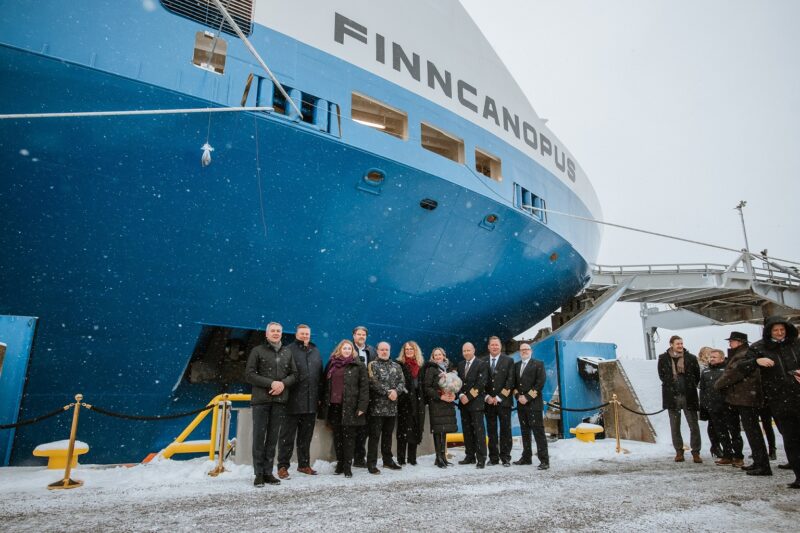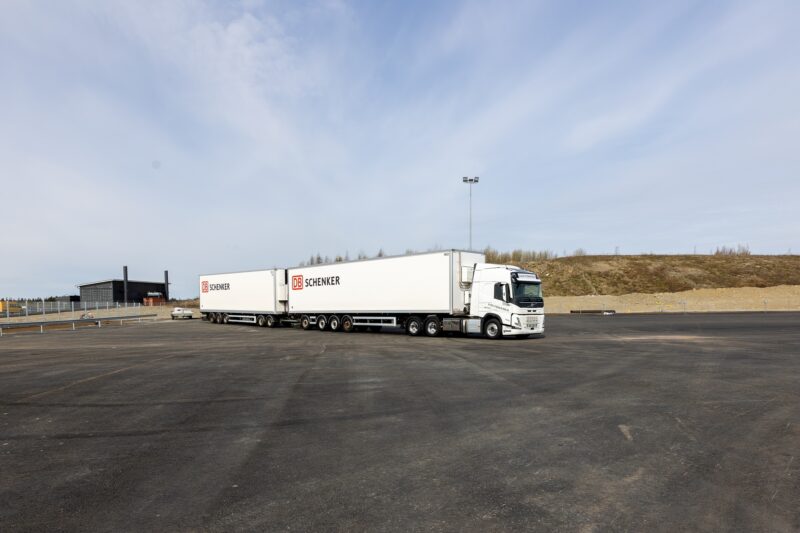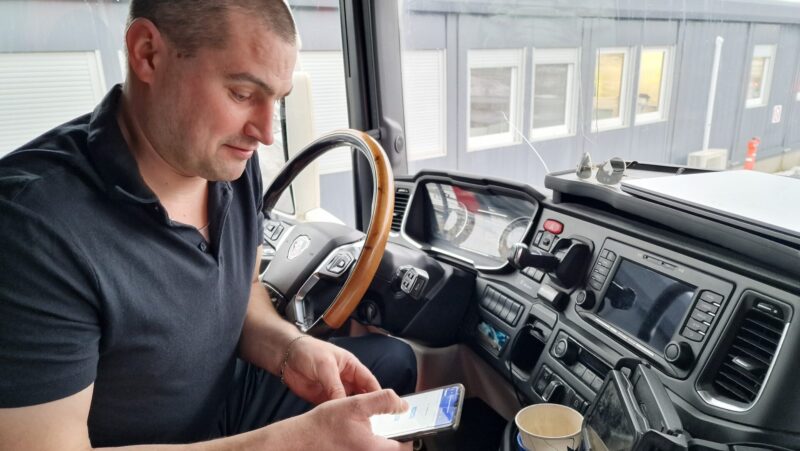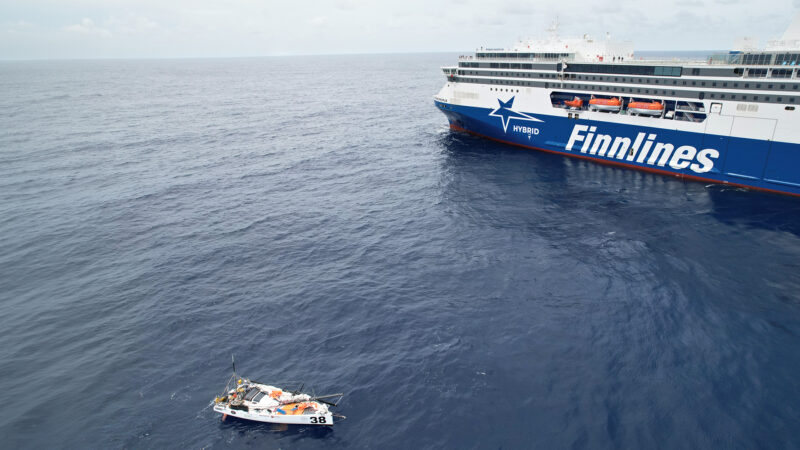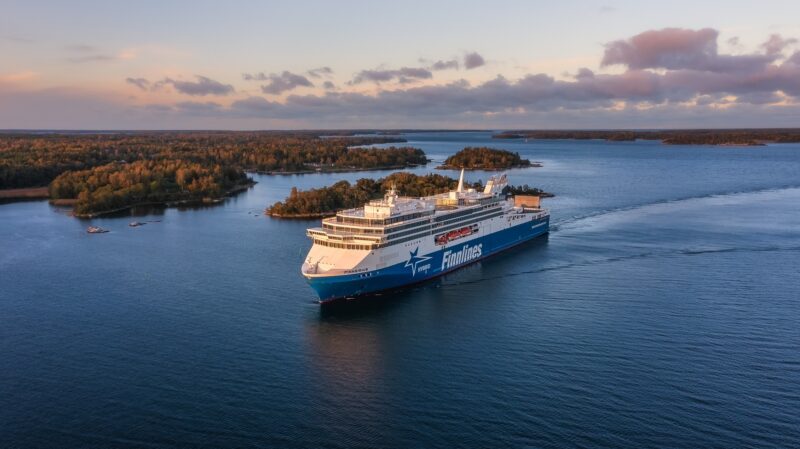Editorial
Green and sustainable future
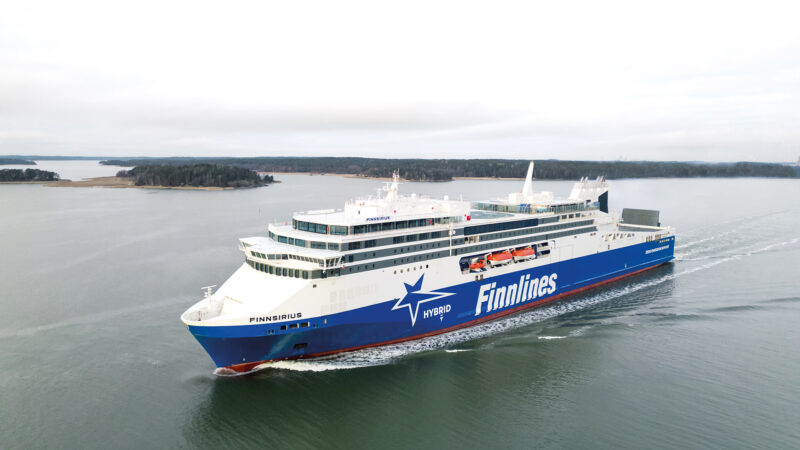
Finnlines EUR 500-million Green Investment Programme was fully completed when the second Superstar vessel, Finncanopus, entered service on the Naantali–Långnäs–Kapellskär route on 16 February 2025. The two vessels have not only impressed passengers, freight customers, media and other stakeholders, but the crew has also been excited. Although the vessels are 235 metres in length, they move remarkably smoothly and can be handled with precision.
Finnlines continues to focus on cargo, but Finncanopus and the sister vessel, Finnsirius, offer upgraded facilities and services for all travellers on the Finland–Åland–Sweden route. Expectations for the summer season are thus high.
Before entry into traffic, Finncanopus was officially named in Naantali and introduced to numerous guests in Stockholm the following day. You can catch a glimpse of the festivities in this issue of Finnlines News.
New beginnings
The past few years have definitely witnessed new vessels and route network expansions in Finnlines’ traffic. In 2022 three giant hybrid Eco-class vessels entered our services and they all operate in the Bay of Biscay and in the North Sea. In 2022, the Zeebrügge–Rosslare (Ireland–Belgium) connection was launched and it has established itself well on the market. At the beginning of 2024, a new service was opened from Vigo (Spain) to Zeebrügge, which is an important hub for European industries.
Finnlines had been preparing the launch of a new line between Malmö (Sweden) and Świnoujście (Poland) for quite some time. The freight passenger vessel, Finnfellow, had been considered to be the best choice to carry freight and passengers. Staff had been recruited for the Świnoujście office and for the vessel. Finally, in April, the new line started on 10 April. Finnlines looks forward to its increasing operations in Poland, where Gdynia has been our only port for many years. Each maritime connection strengthens ties between countries and also enhances the security of supply. The Malmö–Świnoujście line has started exceptionally well and has quickly also attracted the passenger segment.
Growth in the most sustainable way
When one project ends, another one kicks off. During the last decade, the whole Grimaldi Group, including Finnlines, has made massive investments in new technology and new ships. Existing ships have been upgraded to meet stricter regulations and customers’ requests for more capacity and improved efficiency. These investments have supported our customers in their transition towards sustainability, environmental responsibility and growth.
The International Maritime Organization has set the ambitious target to reach net zero carbon emissions ‘by or around’ 2050 while the European Union has included the maritime sector in its Emissions Trading System from 2024. The EU decision means that 40 per cent of CO2 emissions need to be covered by the purchase of European Union Allowances in 2040.
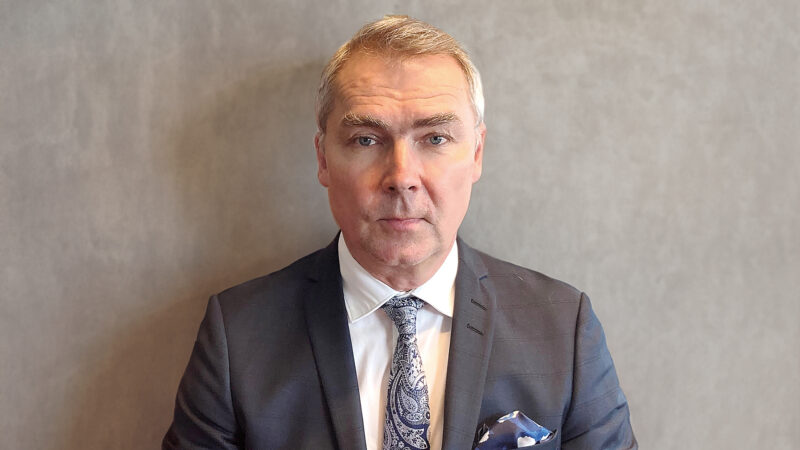
Investments have supported our customers in their transition towards sustainability, environmental responsibility and growth.
Tom Pippingsköld, President and CEO
The shipping industry is determined to move towards low- and zero-carbon fuels, but it will take time before they are commercially available in sufficient volumes. There are many options to choose from, including ammonia, methanol, batteries, solar energy, and biofuels. Today, Finnlines uses a mixture of some of them and the use of electricity is increasing. Finnlines wants to be a forerunner in the combat against climate change, but at the same time we also challenge other parties in the transport chain to act.
Sooner or later Finnlines will order new ships, which will be climate-friendly, technically efficient and equipped with the most advanced technology. In the meantime, we make efforts to modify the existing fleet and optimise our operations.
Brighter prospects
The beginning of 2024 was quite difficult due to several factors, but the economic outlook for the second half of the year is forecasted to be brighter. Inflation has fallen and hopefully central banks will start cutting interest rates, which would boost private consumption, manufacturing, construction sector investments and thereby increasing international trade. All those are needed because we need growth!
Enjoy reading Finnlines News and about the naming ceremony and home voyage of Finncanopus and an unexpected encounter in the Indian Ocean.
